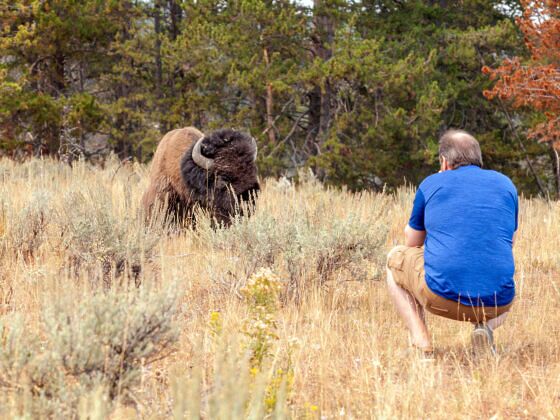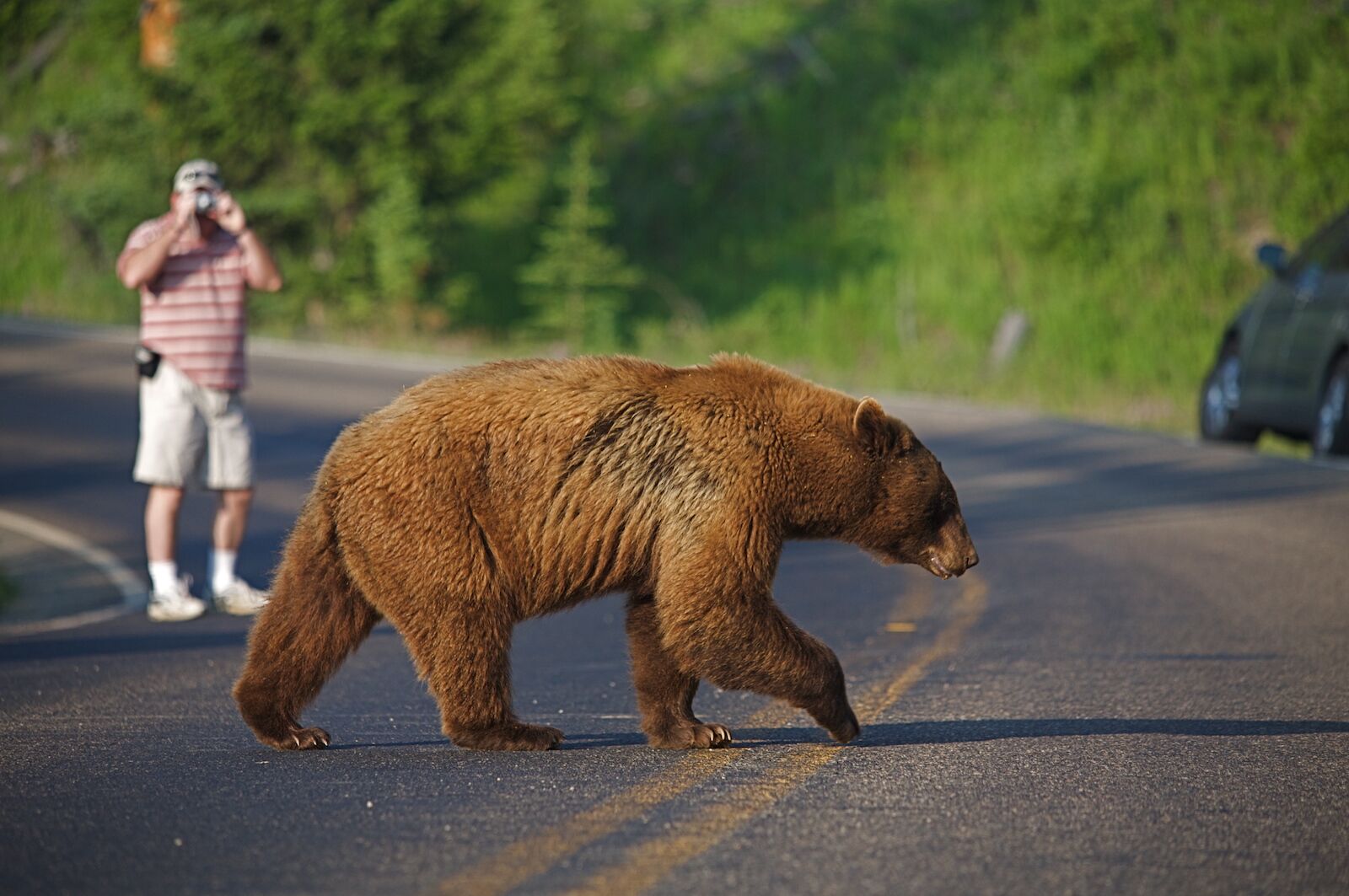The intersection of tourism and wildlife conservation is increasingly fraught with peril, as anyone who’s been active on social media in the last few years has probably seen. Instagram has highlighted a disturbing uptick in unsafe wildlife encounters, usually centered around the “touron” — a portmanteau of “tourist” and “moron,” encapsulating tourists whose behavior poses a significant threats to both themselves and the natural world.


A New Instagram Wildlife Filter Will Tell You When You're Too Close to Wild Animals
Tourons, often driven by a combination of a desire for instagram photos and a lack of awareness and outdoor knowledge, are almost always to blame when a wildlife encounter turns bad. The vast majority of the time, negative animal encounters are caused by people who disregard distance guidelines, don’t properly store food, and fail to take the basic steps to learn how to act around animals. If you walk up to a bison to try to pet it, you can be surprised when it charges at you to defend itself — wild animals are, after all, wild.
Some outdoorsy towns have gone so far as to make parody promo videos using real footage of tourons to try to educate visitors on safe behavior, as with the clever YouTube video below.
But Jackson Hole, Wyoming, a mountain town known to be rife with both tourists and wildlife, debuted a clever solution to help minimize instances of bad behavior and keep animals (and humans) safer in the process. A new Instagram wildlife filter launched by the Jackson Hole Travel and Tourism board uses simple augmented reality tech to tell you when you’re too close to wildlife. “Wildlife are at home here in the Tetons, even if it’s on the side of the road or trail,” reads the program website. “Humans are just guests.”
Using the Instagram wildlife filter is easy. Users can access the filter by clicking this link on their mobile devices. That will open the filter on Instagram, and the filter will remain as an options on future Instagram stories, even after you close Instagram. When using it, you’ll see five icons with shapes of animals. Choose the animal you’re photographing, and the filter will superimpose that icon on your screen. If the real-life animal on your camera screen is bigger than the icon, it means you’re too close. Currently, five species are available: grizzly bear, bison, elk, moose, and black bear.
Whether you’re taking photos or not, it’s important to respect each species’ space. In generally, the more dangerous and faster an animal can move, the further away you need to be. Getting too close can not only endanger the animal, yourself, and people around you, but it’s also illegal. You should always stay at least 100 yards away from grizzly and black bears (and any other large carnivore, like mountain lions), and 25 yards away from bison, moose, and elk. The latter is especially important to remember around Jackson Hole, as the town is home to the US National Elk Reserve, and elk are known to wander through town year-round.

A tourist standing far too close to a bear in Yellowstone National Park. Photo: Tom Reichner/Shutterstock
While not getting too close to wildlife is an important and essential step anyone visiting outdoorsy areas needs to take, it’s not the only one. Visiting outdoor destinations, including national parks, comes with a responsibility to know the law and the local rules. In most places like Jackson Hole, that means educating yourself on proper bear behavior, doing your part to help keep communities livable for locals, observing posted speed limits to reduce animal-car collisions, and maintaining proper control over dogs.
On that note, remember that the minimum distances for humans and wildlife are the same for dogs and wildlife — and it’s owners who are on the hook for a fine of up to $1,000 if their furry friends break the law.